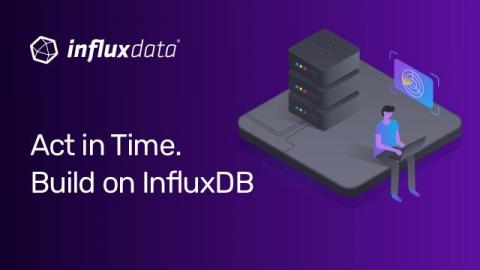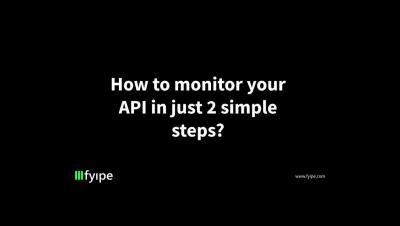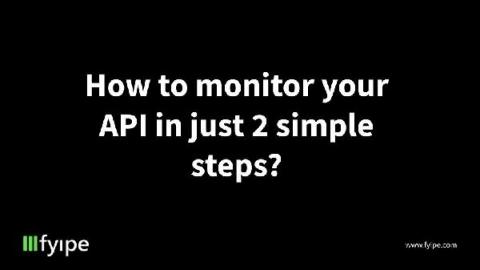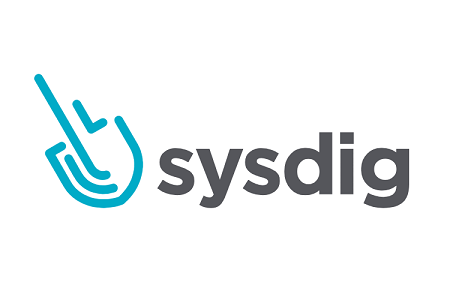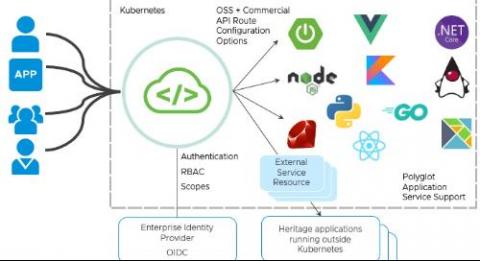Operations | Monitoring | ITSM | DevOps | Cloud
Technology
The latest News and Information on APIs, Mobile, AI, Machine Learning, IoT, Open Source and more!
The Future of InfluxDB OSS: More Open, Permissive with Complementary Closed Source
I was recently on the Changelog Podcast talking about Elastic’s recent change away from open source licensing. I’m at 1:02:45 to 1:24:03, but the whole thing is pretty interesting if you have time to listen. This is where #InfluxDB is headed. No more open core, we're going to a combination of cloud offering, or if on-premise, a complementary offering to the open source. It'll take us time to get there, but that's the vision. Commercial complements the open source rather than replace.
Coralogix - On-Demand Webinar: Drive DevOps with Machine Learning
DFI and Canonical offer risk-free system updates and reduced software lead times for the IoT ecosystem
Feb. 25, 2021 – DFI and Canonical signed the Ubuntu IoT Hardware Certification Partner Program. DFI is the world’s first industrial computer manufacturer to join the program aimed at offering Ubuntu-certified IoT hardware ready for the over-the-air software update. The online update mechanism of and the authorized DFI online application store combines with DFI’s products’ application flexibility, to reduce software and hardware development time to deploy new services.
How to monitor your API in just 2 simple steps?
How to monitor your API in just 2 simple steps?
In this post, I will show you, how to monitor your API in just 2 simple steps.
Sysdig Doubles Down on Open Source Commitment with the First eBPF Contribution to the CNCF
Using the CircleCI API to build a deployment summary dashboard
The CircleCI API provides a gateway for developers to retrieve detailed information about their pipelines, projects, and workflows, including which users are triggering the pipelines. This gives developers great control over their CI/CD process by supplying endpoints that can be called to fetch information and trigger processes remotely from the user’s applications or automation systems.
VMware Spring Cloud Gateway for Kubernetes, the Distributed API Gateway Developers Love, Is Now GA
For all the talk of digital transformation, there’s one workflow that tends to hinder release velocity: changes to API routing rules. But while—much to the consternation of enterprise developers everywhere—this process has historically remained stubbornly ticket-based, Spring Cloud Gateway removes this bottleneck. The open source project provides a developer-friendly way to route, secure, and monitor API requests.



